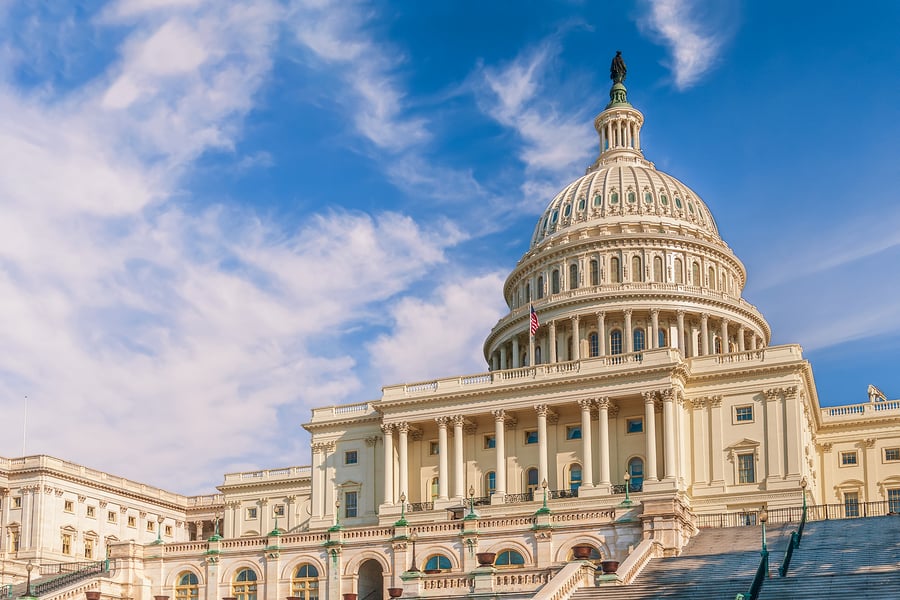Biden Bows To ‘Keep It In The Ground’ Activists
Biden has pledged to stop new drilling on federal lands and waters, which would have severe consequences for the nation’s oil and natural gas industry. A federal ban on drilling would hamper oil and gas production across much of New Mexico, North Dakota and Wyoming—three of the nation’s largest oil and gas producing states, as well as offshore in the Gulf of Mexico, which produces 2.3 million barrels of oil and gas per day. For perspective, the U.S. owns 2.46 billion acres of subsurface mineral estate between its onshore and offshore public lands, which is larger than the entire landmass of the United States. All of this would be off limits to oil and gas exploration, leasing, and potential development.
A drilling ban on federal lands and waters could cost the oil and gas industry up to 1 million jobs nationally by 2022. Offshore jobs in Texas could fall to 39,000 by 2040—down from 147,000 jobs in 2019. Revenues from oil and gas royalties, which are shared with the states, also would fall as drilling permits and leases expire. Oil and gas royalties from federal property totaled $9.3 billion in 2019, including more than $1 billion from offshore drilling in the Gulf of Mexico. In vast, largely rural western states where federal lands are concentrated, the loss of those revenues means less money for roads, bridges, schools, and senior centers.
As a result, some firms are trying to secure as many federal permits as possible before November. Devon Energy, with about 20 percent of its acreage on federal land, is working to get drilling permits approved, targeting over 550 new permits by this autumn, covering 75 percent of its most prospective federal acreage. Federal permits are eligible for two-year extensions—usually a routine process under any administration—and the environmental assessments that underlie those permits are good for a period of five years.
Concho Resources, with about 20 percent of its acreage on federal land, has enough permits on its federal land in New Mexico for another 1 to 2 years of drilling. But, its planning includes the ability to shift capital to other acreage in its portfolio without significant impact to its capital efficiency.
*This article was adapted from content originally published by the Institute for Energy Research.
For more information on these issues check out AEA’s Vote Energy 2020 election hub.



